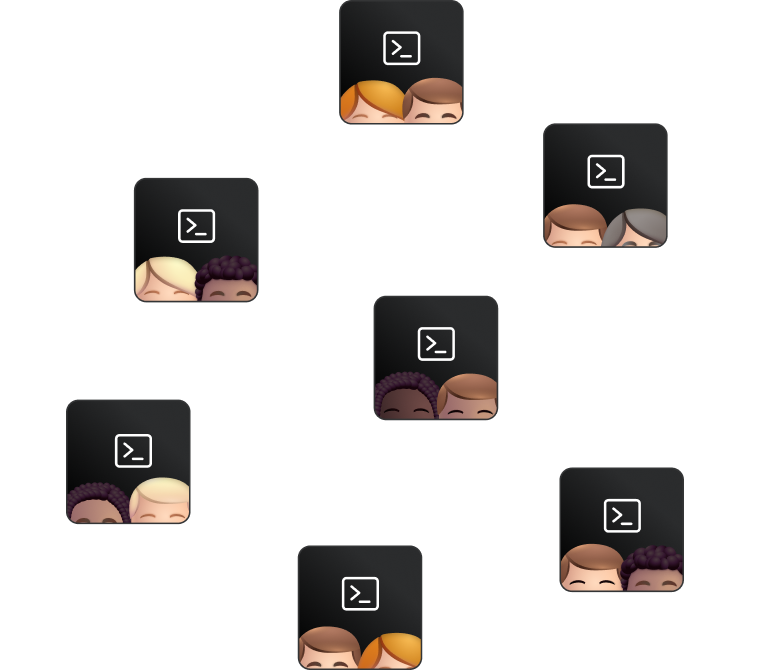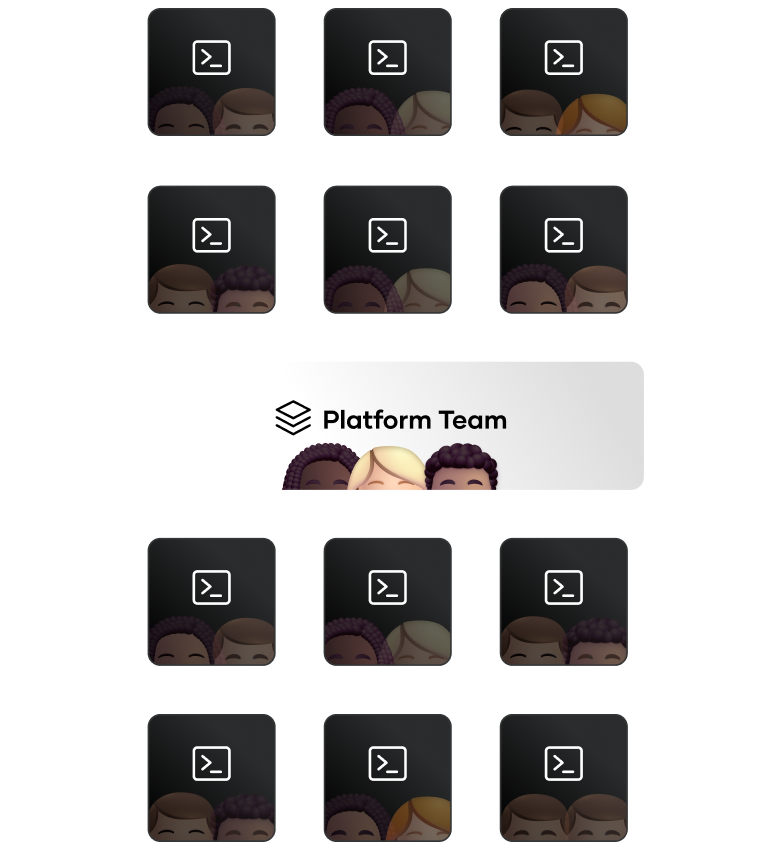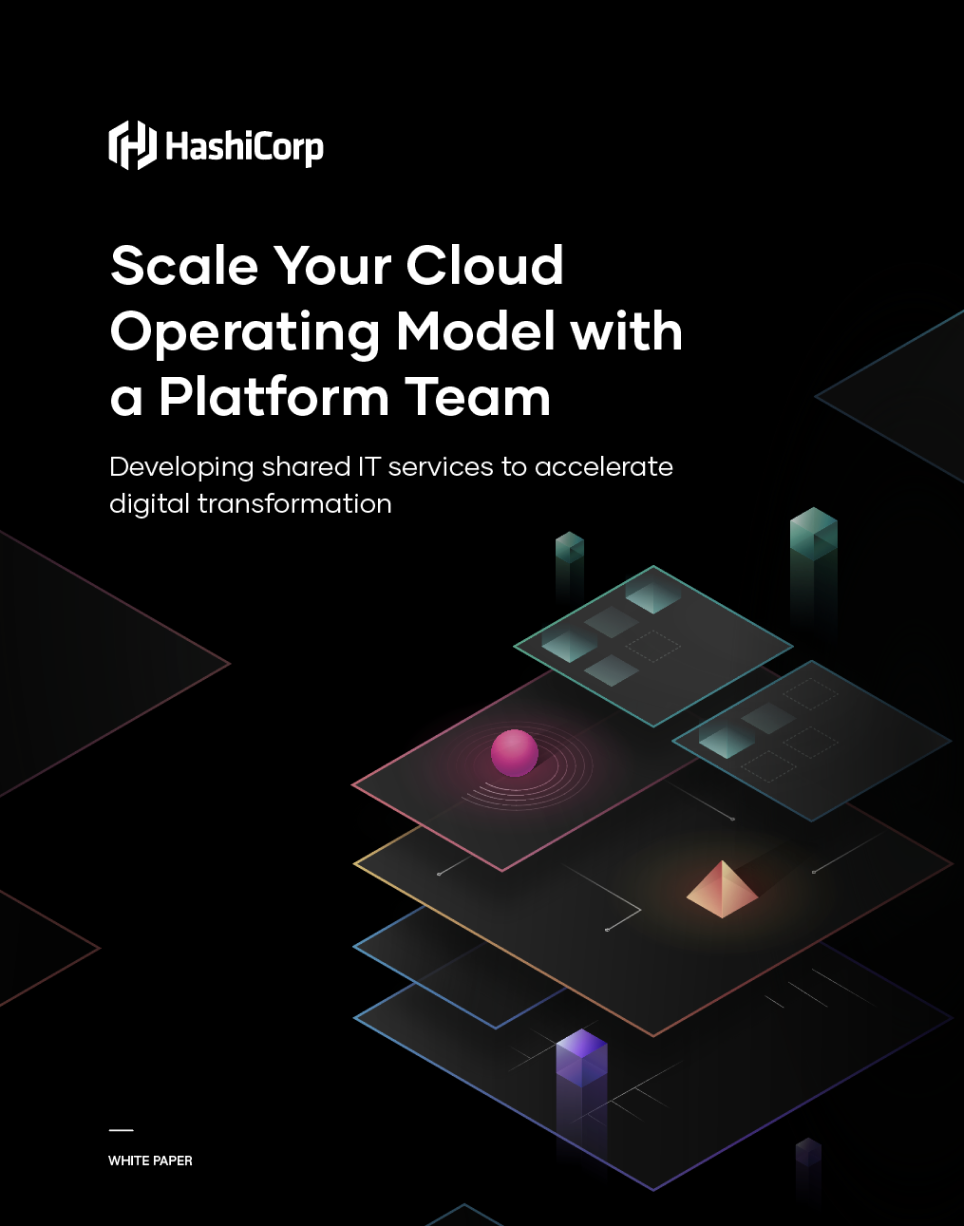Unlock your cloud operating model

Unlock your cloud operating model
How to make multi-cloud work
Multi-cloud adoption is growing fast. Learn how to thrive in a hybrid cloud environment by combining the power of platform teams with a consistent cloud operating model — a common and powerful framework for adopting cloud services.
Multi-cloud adoption
60%
Implemented, expanding and/or upgrading
21%
Planning to implement
The 3 stages of cloud adoption
Cloud computing is complex — adoption doesn't have to be. Make your move to the cloud in stages by adopting, standardizing, then scaling.
Stage 1
Adopting
Engineering teams begin to make use of different cloud services for application delivery. The goal is to experiment with new technologies and learn quickly.
Stage 2
Standardizing
Operations, security, and network engineers working on shared services are collectively called a platform team. Together, they create a common cloud infrastructure foundation across all public clouds. Platform teams have three goals in mind: accelerating application delivery, reducing risk, and increasing efficiency.
Stage 3
Scaling
Organizations apply the cloud operating model at scale across the entire private estate, including private cloud environments and on-premises datacenters.
The world’s top companies are using a cloud operating model
Moving to a cloud operating model has helped these industry leaders solve their most pressing infrastructure challenges — like increasing speed, reducing risk, and boosting efficiency.
How organizations use platform teams to scale their cloud operating model

During the early phases of cloud adoption, engineering teams first experiment with different cloud services.
Many organizations begin their cloud adoption journeys with app teams building and running their own set of processes, tools, and architecture. While this pattern works well for experimentation and testing, it doesn’t scale and leads to cloud silos.

Platform teams apply a cloud operating model and encourage the adoption of standard workflows and patterns for all development teams.
This centralized team of engineers has operational responsibility for the cloud platform. They also encourage its adoption internally and build a roadmap of enhancement requests. These practices help ensure that the platform is used and that new business requirements are supported over time.
HashiCorp’s infrastructure automation solutions help support your transition to the cloud with standardized workflows at each layer.
During the early phases of cloud adoption, engineering teams first experiment with different cloud services.
Many organizations begin their cloud adoption journeys with app teams building and running their own set of processes, tools, and architecture. While this pattern works well for experimentation and testing, it doesn’t scale and leads to cloud silos.













Platform teams apply a cloud operating model and encourage the adoption of standard workflows and patterns for all development teams.
This centralized team of engineers has operational responsibility for the cloud platform. They also encourage its adoption internally and build a roadmap of enhancement requests. These practices help ensure that the platform is used and that new business requirements are supported over time.






